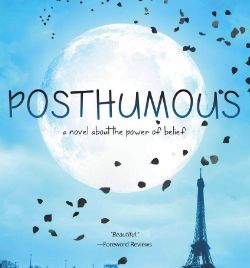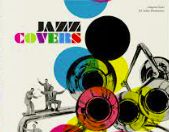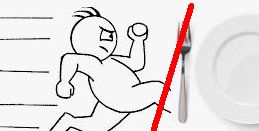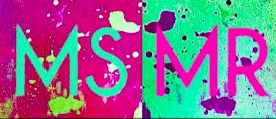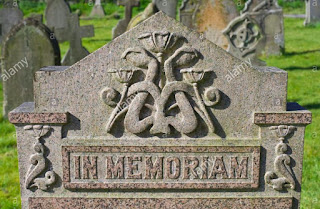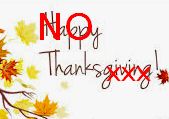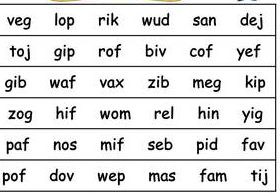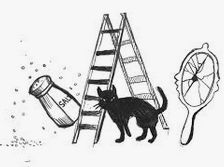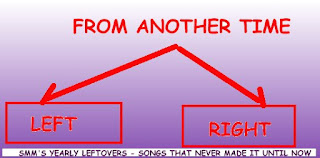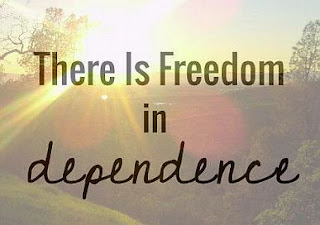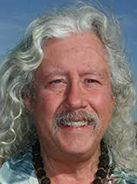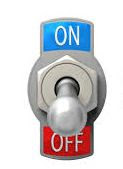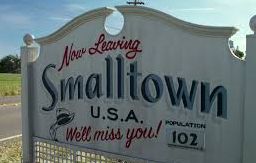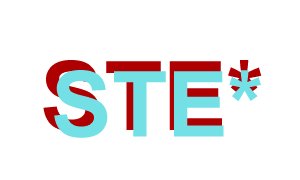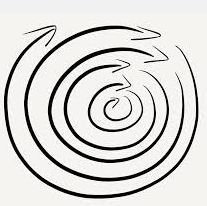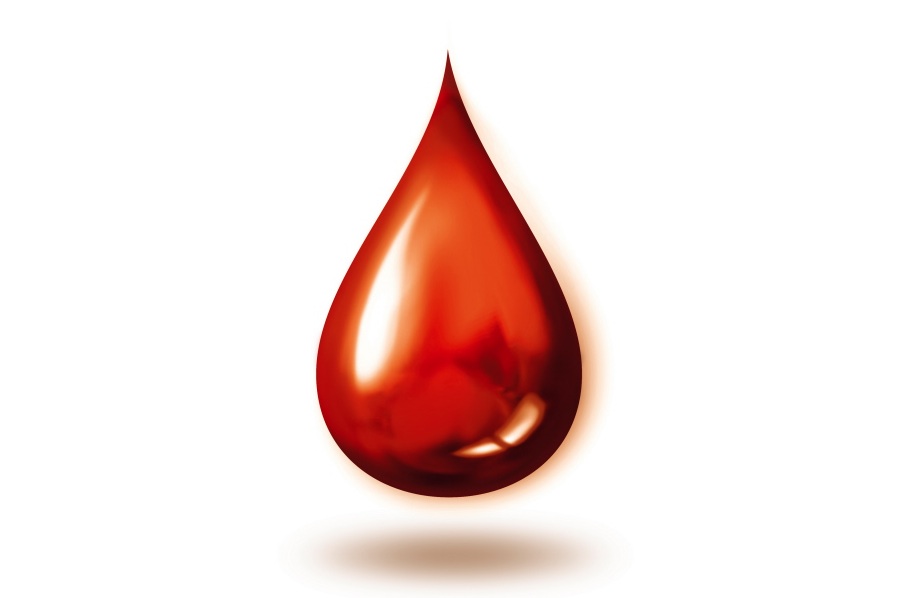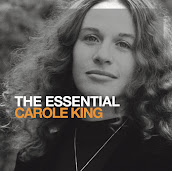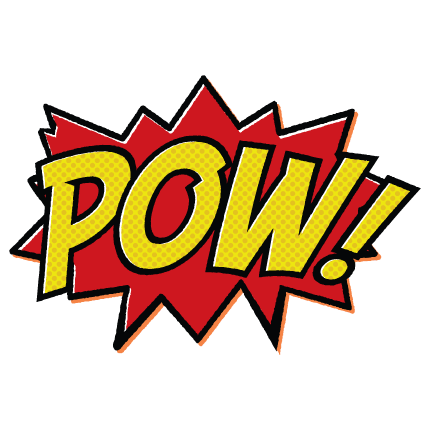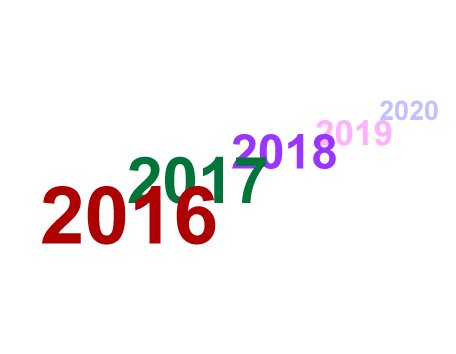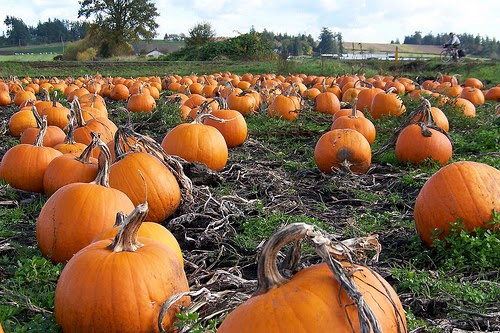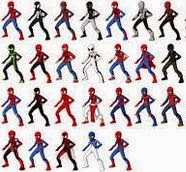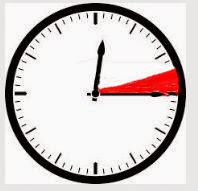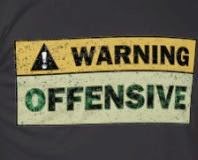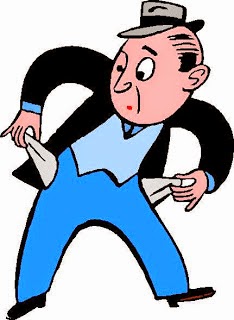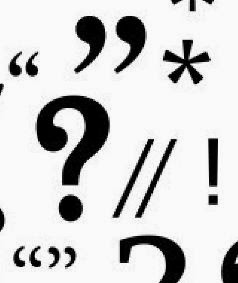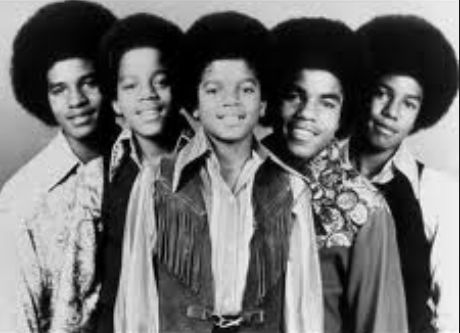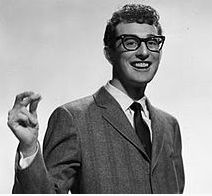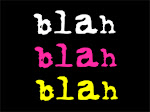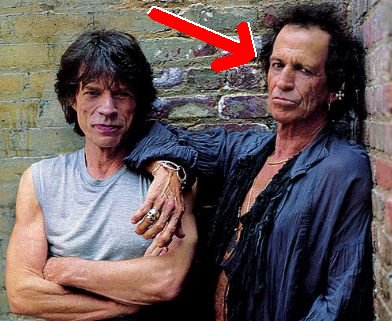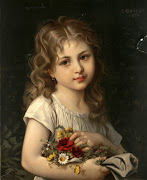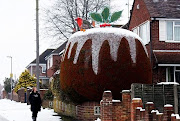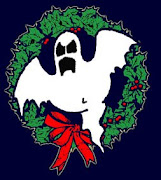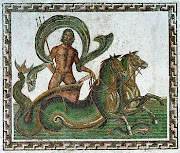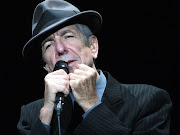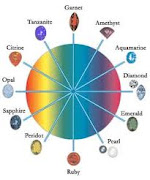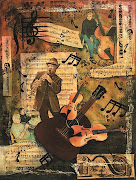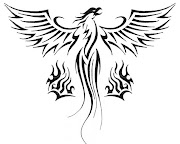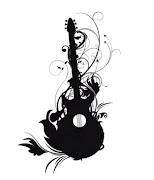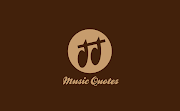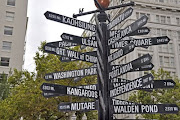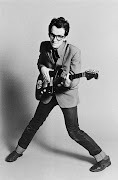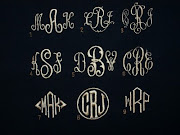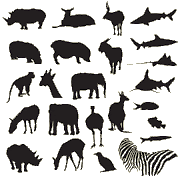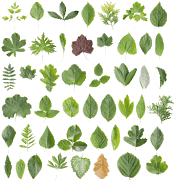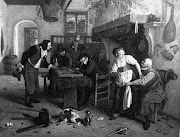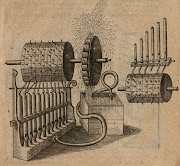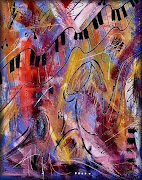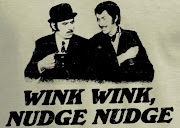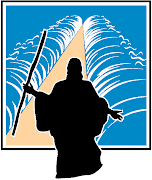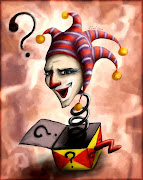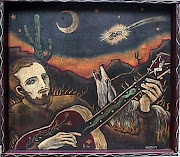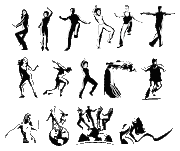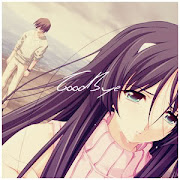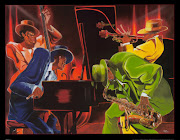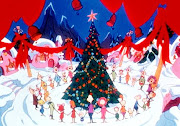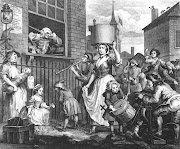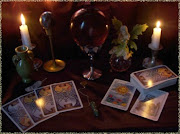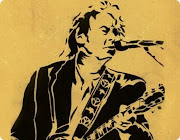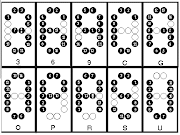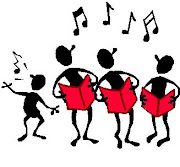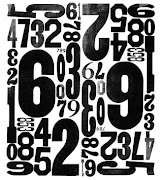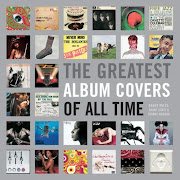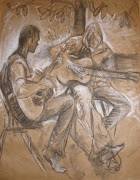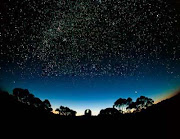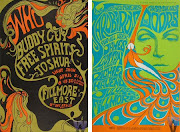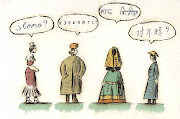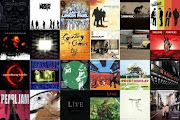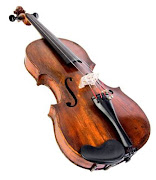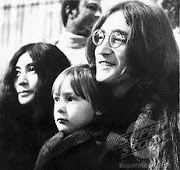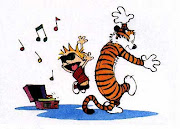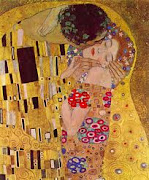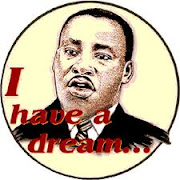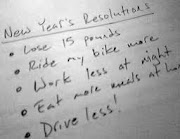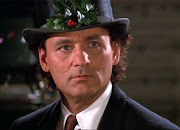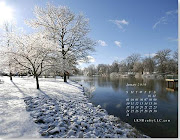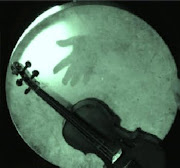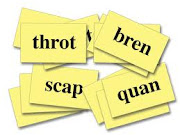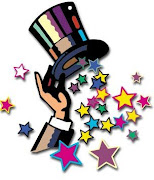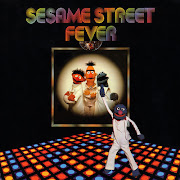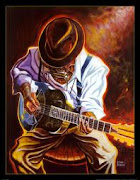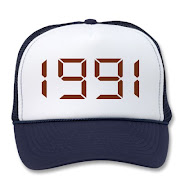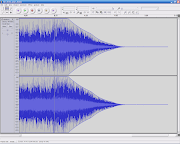Every year, ‘round All Hallow’s Eve, I make a point of watching some of my favorite horror films, to revive the haunting spirit. John Carpenter’s The Thing, any of Romero’s Dead films—there’s really no bottom to the treasure chest of scary flicks to pick from. Same with books—I like to go back and read some choice shorts that never fail to disturb. Stephen King, of course; Richard Matheson—those are the never-fails, guaranteed to creep you out, just like Saturday Night Fever is a sure bet to get people to do vaguely lascivious Travolta impressions.
There’s a strange comfort in scaring yourself, especially when you revisit the chills that put the real,original spook into you. It’s easy with books and movies, but when it comes to music, I always feel like the scary is always more camp than creepy. Unless you’re digging on that Scandinavian Death metal stuff, most of what classifies for horror in music is silly: Ozzy, Kiss—they freaked me out when I was little, but, really, beyond the album covers, it was all stage dressing. The Misfits, the Cramps, Bauhaus—in high school, the girls I knew who listened to those bands were way scarier than the actual music. And it seemed like a lot of the scary stuff was more image than substance—but, that’s what music is often about, sadly.
So, where do you get your scary from in music? I suppose like the more traditional medium of books and movies, the closer to life the chills, the scarier it all feels. So, I started combing the ipod, looking for ‘monster’ tunes—I kept coming up with stuff that wasn’t traditionally of the horror variety, but scary nonetheless, mostly because, well, as listeners, we can relate. What’s scarier than your girl dumping you? Or not knowing where the next paychecks coming from? Or…well, I don’t want to start down a Springsteen-esque tale of the common man’s struggle in the face of hardships life puts on him, but the best monster songs I know are the ones that remind me of what I’ve worried about, too. Empathy, the writer’s great friend, makes for some very compelling music.
So, a few of my favorite songs about monsters—with a lot of latitude involved when it comes to that label:
 The Police; King of Pain—Synchronicity was an incredible album, genre bending like all Police records, covering a lot of musical territory, but King of Pain always stuck out for me, due to effective use of the end-of-the-world imagery as a means of equating the singer’s soul-level angst. A ‘butter fly caught in a spider’s web’, a ‘skeleton choking on a crust of bread’ or a ‘king on a throne with his eyes torn out’? The song is a catalog of nightmare images, a Lovercraftian landscape where a lonely soul walks the physic landscape of his sadness in search of any sign of happiness in a place where none exists. The repeated refrain of ‘that’s my soul up there’ perfectly nails home the crucifixion of the spirit of a man, one who is so beaten by life that he’s dubbed himself the king of pain. The song works in a strangely incongruous way: such sadness set to atmospheric, minor-key rolling groove, but then that down beat starts to work its way upwards and ends in an almost joyful crescendo. The lyrics never give way to anything brighter— our lost soul is still pinned to the sun, he’s still so lost as to have cornered the market of sadness and become the king of all the pain in the world, but, at least he’s walking you out of the darkness on an upbeat. A great song for all its radio-friendly sensibility, but a pop song this is not!
The Police; King of Pain—Synchronicity was an incredible album, genre bending like all Police records, covering a lot of musical territory, but King of Pain always stuck out for me, due to effective use of the end-of-the-world imagery as a means of equating the singer’s soul-level angst. A ‘butter fly caught in a spider’s web’, a ‘skeleton choking on a crust of bread’ or a ‘king on a throne with his eyes torn out’? The song is a catalog of nightmare images, a Lovercraftian landscape where a lonely soul walks the physic landscape of his sadness in search of any sign of happiness in a place where none exists. The repeated refrain of ‘that’s my soul up there’ perfectly nails home the crucifixion of the spirit of a man, one who is so beaten by life that he’s dubbed himself the king of pain. The song works in a strangely incongruous way: such sadness set to atmospheric, minor-key rolling groove, but then that down beat starts to work its way upwards and ends in an almost joyful crescendo. The lyrics never give way to anything brighter— our lost soul is still pinned to the sun, he’s still so lost as to have cornered the market of sadness and become the king of all the pain in the world, but, at least he’s walking you out of the darkness on an upbeat. A great song for all its radio-friendly sensibility, but a pop song this is not!
The Police, King of Pain
Purchase: King of pain

My next entry—a twofer by Ryan Adams—again explores monsters of the metaphorical kind, that might be more comfortable being referred to as ‘personal demons’ rather than monsters. Have a little respect when your talking about feelings, man!
Adams’ battles with substance abuse are no secret and he might be as well known for being a fuck up as he is for being a songwriter. His herculean prodigiousness when it comes to turning out albums is both praised and derided, sometimes even by his biggest fans. He’s slowed down a but, which is good, because being a fan of the man’s work became an exercise in differentiating between that old classic: quantity vs quality. And keeping track of all the work he’s done, not to mention trying to ingest it all, was a bit of its own kind of nightmare itself, to keep the motif going.
But, when Adams is on, when he’s good, he’s incredible, a forerunner in the Alt-country, singer-songwriter genre. I admit to admiring his ability to indulge, to follow musical passions just put it all out there—Adams is that music geek you grew up with, who knew everything—obscure and even less well known—about music, only with the talent to back it all up. And, some of songs are staples in my personal, wouldn’t-be-the-same-without-it-playlist.
So, I offer two from his expansive catalog, one song from the brilliantly understated pair of EPs, Love is Hell, which was Adams at his raw and honest best, and one from Easy Tiger, a more rock-oriented entry.
From Love is Hell, I offer the subtle, wistful acoustic lament, I See Monsters. Written during Adams’ period of drug abuse before he got clean, the song’s actual meaning is up for some debate. The lyrics focus around the central image of a man lying in bed, next to the woman he loves, while fixating on the dark dream of an exploding Ferris wheel, 'people falling, people screaming', while he simply waits for her to wake, knowing that ‘when she calls’, he will answer. It might be about a woman he loves, it might be about waiting for his next fix, but the repeated refrain of ‘Still I see monsters’ leaves no doubt that eventually, the dream and the reality are going to merge, and our protagonist is going to wake to a very real, very scary world. He knows he can’t sleep forever and that eventually, that nightmare he keeps having is going to come true.
Ryan Adams, I See Monsters
Purchase I see Monsters
Moving on to…well, the same dark territory for Adams. “Halloween Head” is once again open to interpretation, but it’s a little less subtle in terms of pointing blame at a problem and perpetrator for life’s personal demons. “Halloween Head” finds Adams employing traditional Halloween imagery of ‘candy bags
costume shops and punks in drag’ to show how his world of drug abuse has turned his reality into a dark place, one that looks more like a horror movie set than a real life. He laments the fact that he’s involved in a world he knows is wrong for him, perhaps like a repetitive nightmare, and he looks on the life he’s created for himself and calls it for what it is, angry that it ‘leads me through the streets at night…It's all the same old shit again’. The refrain of “I got a Halloween Head’ becomes, over a nice crunchy guitar groove, Adams’ lament at what he’s done to himself, and at one point, he does his best lonely werewolf howl, when he asks: ‘what the fuck’s wrong with me?’ It’s powerful because of the honest look he takes at himself, confronting the monster in the mirror, but more so for the oddly redemptive quality. There’s a bit of hope for the character, and when he joyously calls out for a guitar solo, you get the idea the good music can sometimes work to banish away the ‘bad ideas’.
Ryan Adams, Halloween Head
Purchase

Finally, let’s get away from angst, and the encouragement sad songs give us to lock ourselves in our dark bedrooms and feel perfectly fine feeling all alone, because the singer wrote whatever song your are fixating on just for you—and turn up the heat a little. Sometimes, our monsters are our own damn fault, and this brings us to the ever-crunching groove-stomp of Queens of the Stone Age. A lot of what Josh Hommes and crew do could fit into the ‘monster’ category, but one track that stands out is “Monsters in the Parasol”. A slick, walking groove, gives over to a readily identifiable QOTSA dissonant breakdown, only to slide back into a tight-bang strut. As always, Hommes is crooning on about some kind of nonsense that you just know came from otherworldly influences-- QOTSA have a corner on the market of the best of crunch and funk. And the strangest lyrics. Monsters in the Parasol is a classic mover where the music takes a directly opposing route to the content of the lyrics and makes us forget to stop and listen. Which might be a good thing, because with lines like ‘the walls are closing in again, oh well’, and ‘Paul’s sister is an alien’ and something something something is ‘covered in hair’, we are dancing our way through nightmare territory here. What does it all mean? The interpretations might not be appropriate for a family-friendly blog, but the ramble of the music is enough to get you moving, perhaps double time, away from whatever kind of creeping thing—paranoia, that very scary man in drag in the video—might be catching up to you.
Queens of the Stone Age: Monsters in the Parasol
Purchase
What I love about music, just like books, like any art form that tries to communicate a translation of the language of the heart, is that, yeah, it really does sometimes seem to be written just about you. You know that feeling of listening to the radio and every single song that comes on is perfectly apt description of exactly how you feel at that very moment? It’s odd, but it points to the power of song, and a great song taps into the darkest and lightest stuff we have inside. Sometimes we need help looking the monster in the eyes, sometimes we need to forget all about the monsters and just cut loose, dance it up, smash a guitar. And music—good music—always helps.





































